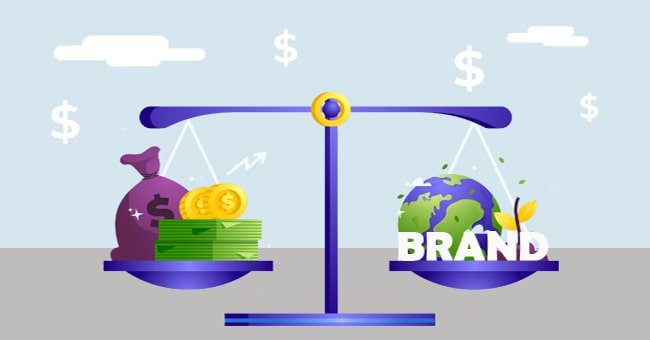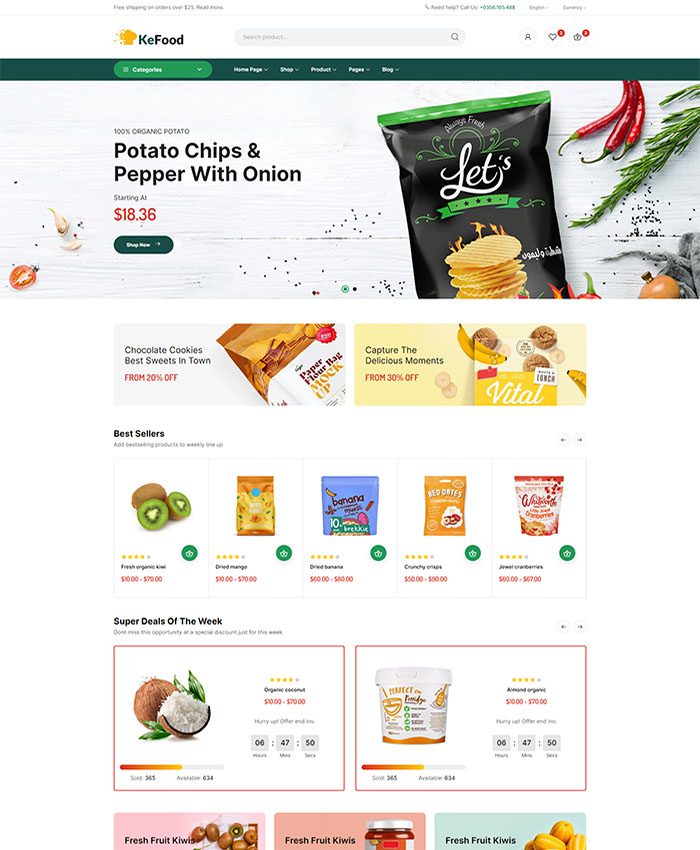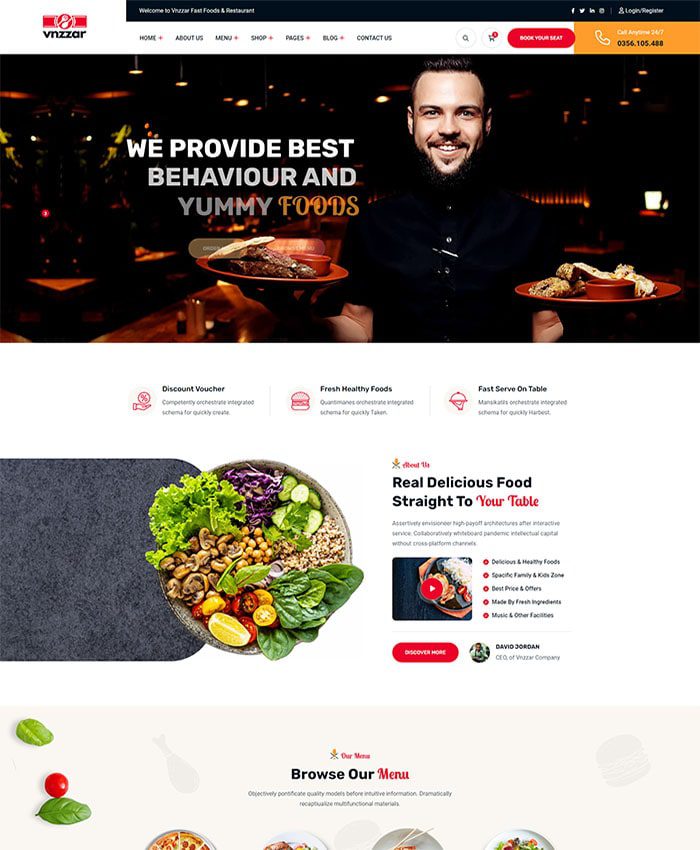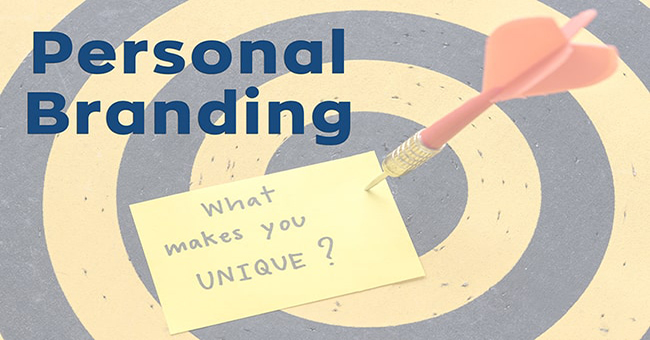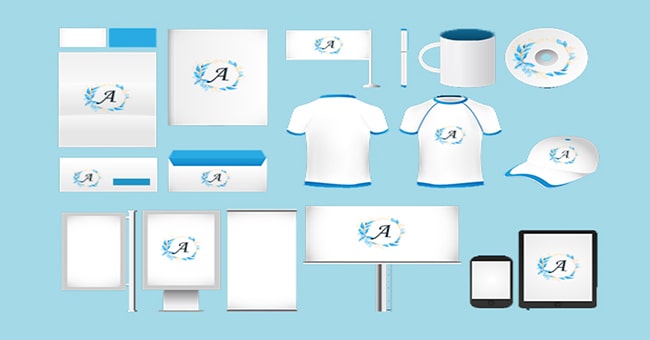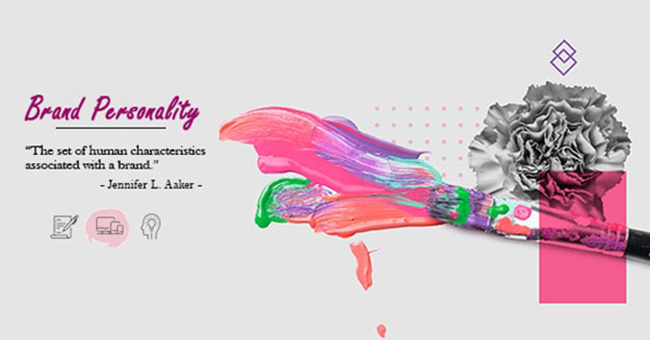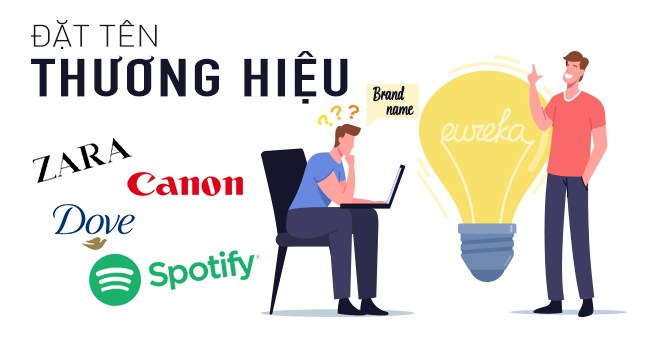For a business, brand is everything. For customers, brand is the most recognizable feature of a business. At the same time, brand also helps businesses differentiate themselves from competitors. Building a brand is one thing, but protecting brand assets is another. So what is brand assets and why are they so important?
1. What is Brand Equity?
Brand Equity is known as Brand Equity, in marketing, brand equity is used to refer to the value of a brand, that is, the social value of a famous brand. The owner of a famous brand can generate more revenue from brand recognition alone because consumers will perceive products of famous brands as better than products of less famous brands. (Source: Wikipedia)
More specifically, Brand Equity is a set of tangible brand assets and liabilities related to the brand’s name and logo, which increase or decrease the value of products and services.
Connecting “Brand” to the concepts of “Equity” and “Assets” has completely transformed the marketing function, allowing it to expand and go beyond the scope of strategy and tactics.
A business with positive brand equity means that customers are willing to pay a premium for a product, even though they could get the same quality from a competitor selling at a lower price. A business with brand equity will have a lower opportunity cost of bringing a product to market than its competitors. This difference is factored into the profit margin. Brand Equity helps businesses earn more profit on each sale.
2. Why is brand equity so valuable?
Another aspect of brand equity is providing value to customers. It enhances customers’ ability to interpret and process information, improves their confidence in making purchase decisions, and influences the quality of the user experience.
- If a brand provides customers with positive experiences and has high recognition, the value of that brand is positive.
- If a brand disappoints customers and has bad experiences, the value of that brand is negative.
Brand assets provide value to customers, making it easy for businesses to consider in their branding budget. Brand equity is a key component of modern marketing along with Marketing, segmentation and a number of other concepts.
A business with strong brand equity will help the business increase revenue, sales efficiency and reduce operating costs.
In addition, the business also has an advantage in expanding its scale, developing new product lines and services.
Examples of brand assets
- Businesses with positive values

Amazon and Apple are Examples of brands with positive brand equity. Both of the world’s leading brands provide consumers with consistent, trustworthy, innovative, and purposeful experiences that have become an integral part of many consumers’ lives.
Not only that, Amazon and Apple always strive to fulfill their promises to customers. While Amazon offers convenience and top shipping options, Apple focuses on innovation and beautiful design.
- Businesses with negative brand equity
When it comes to negative brand equity, Volkswagen is a prime example in the world. In September 2015, the EPA issued a notice of violation, specifically the US Environmental Protection Agency said that the world’s leading car manufacturing brand had falsified emissions numbers. When the news spread, Volkswagen lost its brand value, the public no longer had confidence in this brand. At the same time, Volkswagen also failed to fulfill its promise to customers, which was an environmentally friendly brand.
3. Ways to measure brand equity
Brand equity is an abstract concept, so it is difficult to measure or quantify. Depending on the brand building goals, businesses can use methods to measure. Here are some of the most effective ways to measure brand equity:
3.1 Financial
This is for those who want to put a number on their brand. With this method, businesses can consider the following aspects:
- Company value: A business is considered an asset. When you subtract the tangible assets from the overall value of the business, you are left with brand value.
- Market share: What is your market share? Market leaders will have higher brand equity.
- Revenue potential: What is the revenue potential for your product? How does it compare to current revenue?

3.2 Product value
An effective way to measure brand equity is to compare generic products with branded products. For example, Unilever can measure how likely customers are to buy Dove over other brands. Or businesses can consider what consumers might prefer, such as Coca-Cola versus Pepsi.
3.3 Brand Audit
Conducting a brand audit can help businesses better understand how their brand is performing. To start, businesses can look at comparison sites, social media, and web analytics. Combine this data to see what people are saying about the brand and whether it fits with the brand vision.
3.4 Mô hình Brand Equity của Keller
This brand building model was developed by professor Kevin Lane Keller, and it emphasizes the need to create a sense of attachment to a brand’s products. By creating positive associations with a product, a business can shape how customers think about the brand. The model is based on a hierarchy of brand assets, starting with a brand establishing its identity and differentiation, until the brand builds resonance and connection with its target customers. By understanding where a brand sits on the pyramid, a business will have a clear understanding of its existing brand equity.
The model consists of 4 steps
- Brand awareness
- Communicating the idea behind the brand
- Understanding customer responses
- Brand resonance or connection
4. Brand Asset Building and Management Process
After determining the value of Brand Equity, businesses can carry out this process to build and manage brand assets.
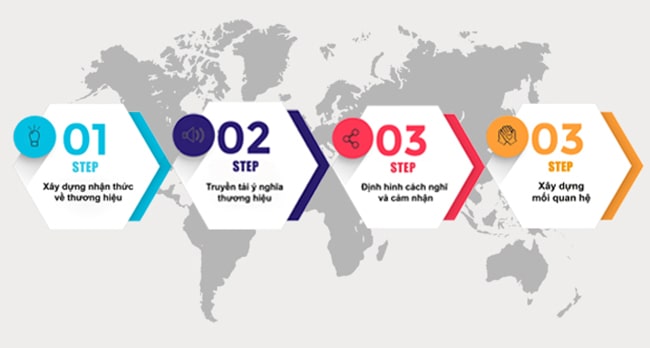
Step 1: Build awareness
Starting with brand identity, building basic brand awareness will ensure that customers recognize your brand and perceive it in the way you want.
Step 2: Communicate brand meaning
The two aspects that businesses need to pay attention to in this step are “Performance” and “Imagery”. Performance refers to how well your product meets customer needs. Imagery refers to the social and psychological aspects. Businesses can also develop brand meaning through targeted marketing, word of mouth, and direct customer experiences.
Step 3: Reshape how customers think and feel about the brand
Customers respond to brands through reviews and perceptions. Reviews relate to aspects such as: Quality, reputation, relevance of the product to customer needs, and whether the brand is superior to competitors. Positive emotions include warmth, joy, excitement, safety, social acceptance, and self-esteem.
Step 4: Build deep relationships with customers
This is the most important and also the most difficult level to achieve in Keller’s Brand Equity model. It refers to building deep relationships with customers. If this is achieved, it means that customers have formed a deep relationship with your brand. They make repeated purchases and feel attached to the brand/product. They will actively participate in the role of brand ambassadors by word of mouth, attending events or following the brand on social networks.
Brands are invaluable assets that drive long-term business performance. Brand equity is a key element in marketing and business strategies. It not only supports short-term sales growth tactics but also supports the strategy of creating sustainable business value.
All needs for construction consulting and brand promotion Please contact Adsmo for free and detailed advice.
See more:
ADSMO – INFORMATION TECHNOLOGY & MARKETING solution, providing customized Enterprise Software solutions, consulting on building digital platforms with the mission:
TOTAL solution, BREAKTHROUGH development – Optimizing COSTS – Increasing PROFITS. We are committed to providing you with:
- Management solutions tailored to your business needs.
- Easy-to-use and efficient systems.
- Professional customer support services.
Contact ADSMO now for a free consultation:
- Address:8th Floor, HD Tower Building – 22 Pho Moi – Thuy Nguyen Ward – City. Hai Phong
- Website: https://adsmo.vn
- Email: info@adsmo.vn
- Hotline: 0356 105 388


